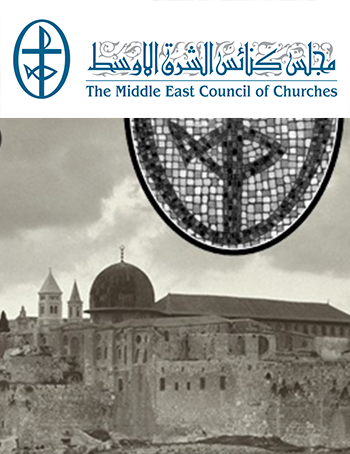
NEW YORK TIMES
A History of Gaza
SINCE January, when Prime Minister Benjamin Netanyahu of Israel and the Palestinian Authority president, Yasser Arafat, sealed the long awaited agreement to redeploy Israeli troops in Hebron and for Palestinian self-rule, the Authority's main seat in Gaza comes into central focus. Could this tiny strip, squeezed along the Mediterranean coast between Israel and Egypt and packed with nearly a million inhabitants, become the nucleus of Arafat's projected Palestinian state?
To attempt an answer, you need a lot of historical, economic and demographic information, not easily available between two covers. Gerald Butt, a distinguished British correspondent, born and brought up in the Middle East and educated in London, has provided considerable such information in his slim but incisive book. He has used classical historical research, a tool most newsmen neglect these days, to connect Gaza's long and turbulent past to its more familiar present.
Gaza is known to some recent visitors, like Amira Hassa, a courageous Jewish woman and Israeli journalist who lived and worked in this pressure-cooker of Palestinian nationalism for three years, as "Arafat's kingdom by the sea." Gerald Butt's opening description of Gaza is more history-minded: a "land of many battles."
One battle was concluding when a Catholic priest, one of Butt's historical witnesses, visited in 1918 and found that "Gaza was a very lamentable spectacle," all in ruins and rags. Turkish occupiers had just suffered defeat in World War I. The British and Allied forces of General Allenby were in control. The Gaza Strip was now incorporated into the British-mandated territory of Palestine. In 1949, Gaza yielded to Egyptian military occupation. This would last until Israel's victory over the Arabs in June 1967 overcame feeble Egyptian resistance and fierce but brief resistance from the Palestine Liberation Organization.
The densely packed middle-class population of a few thousand permanent Gazan residents, largely merchants and professionals, augmented by hundreds of thousands of uprooted Palestinian ref-ugees from Israel and beyond, coalesced into a human knot of hatred and resistance to Israel's occupation. This culminated in the intifada, the revolt of stone-throwing young men and children, in 1987.
Realizing that Arab Gaza, the cradle of Arafat's El Fatah and many more radical Palestinian resistance organizations, was ungovernable by Israel, the late Prime Minister Yitzhak Rabin's ruling Labor Party was happy to withdraw - leaving only the enclaves of a few Israeli settlers, some in luxurious resort settlements, guarded by the army. Now, with Arafat and his police in charge, the rest of Gaza and its hard-pressed people, largely denied access to the jobs they had grown dependent on in Israel, face a politically free but economically bleak era.
A great merit of this book - Life at the Crossroads: A History of Gaza - is that Butt places the grim present and uncertain future of Gaza in historical perspective. His first 10 chapters conduct us through the periods of the Biblical Philistines, Egypt's Pharaohs, Babylon's Nebuchadnezzar and assorted other early rulers of Gaza, from Judas Maccabee of the Jewish nationalists to Rome's Pompey and Herod. The Knights Templar, succeeded by Arab, Turkish and Mameluke rulers, carry the turbulent drama, easy to imagine as a film, down to the 20th-century struggles of Israel and Palestine.
Fortunately, a wide array of Arab and non-Arab governments, including the United States, as well as charitable groups and entities like the World Bank, are now releasing public funds and encouraging private investment to rebuild every aspect of life in Gaza. The territory, as the author assures us in his opening paragraphs, suffers at the end of the millennium "from an image problem." This is certainly an understatement.
What most Gazans must now consider is how any future new Palestinian state, combining Gaza and the West Bank, can somehow be helped to elbow its way, via a less tense and more neighborly relationship with Israel, to the honorable place among nations to which its people aspire.
Reviewed by John K. Cooley
John K. Cooley, an ABC News correspondent based in Cyprus and author of "Green March, Black September: The Story of the Palestinian Arabs," wrote this for the International Herald Tribune.


